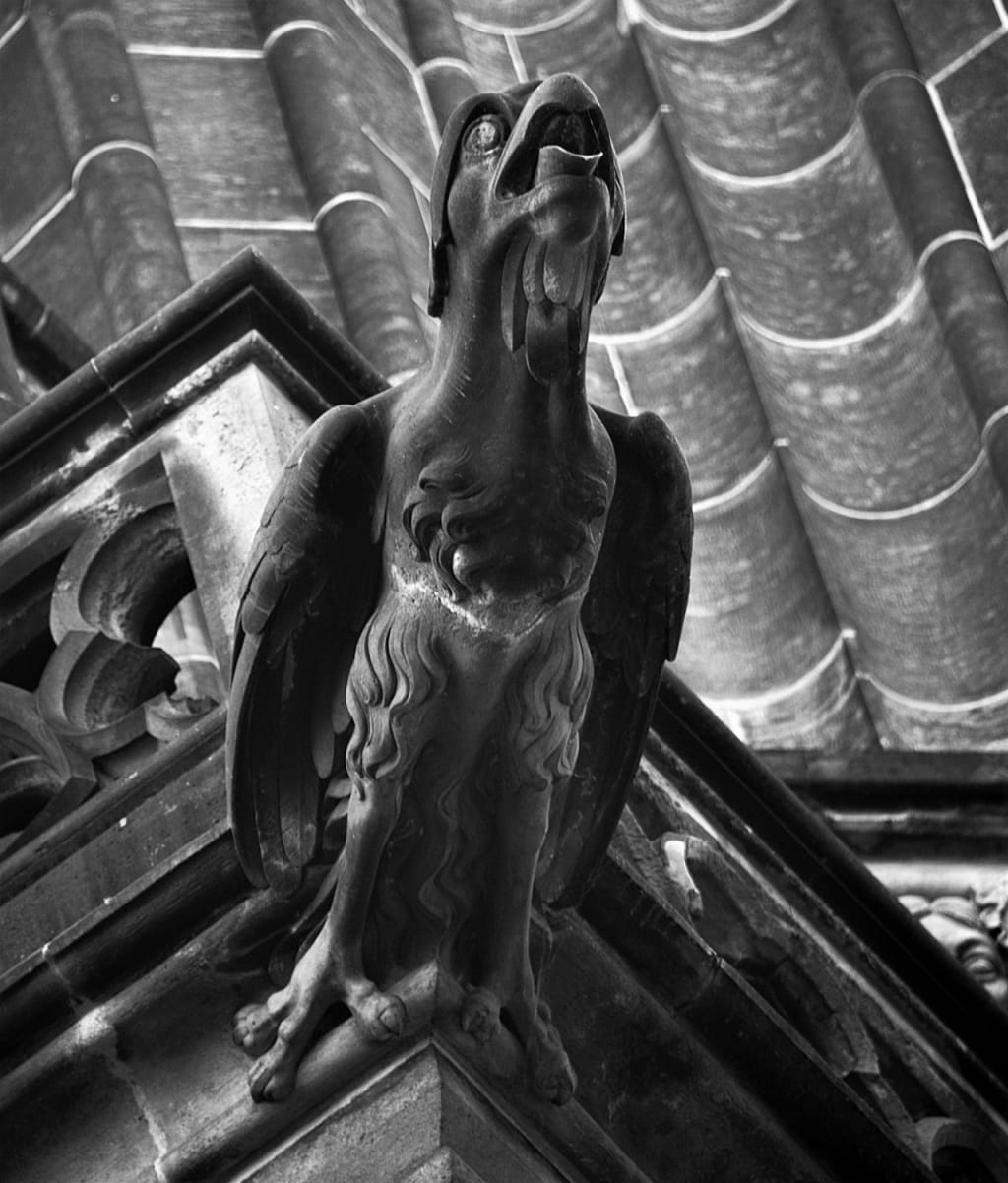
One thundery night by Lake Geneva, a 19-year-old woman created a monster so terrifying that her male companions were horrified.
Soon after, she made that tale of a monster into a story. Frankenstein. The real question is, who is the monster, and what’s Mary Shelley really trying to say in this book?
The Basic Storyline
If you’re studying Frankenstein, you’ll know that it’s about a man and his over-reaching ambitions. Victor Frankenstein is obsessed with creating the perfect human. Instead, he creates an "accursed creature," abandons him, then suffers deeply because of his actions.
On the face of it, it’s a story of terror. It has all the classic elements of gothic horror: a gloomy setting, supernatural events, a sense of suspense and plenty of horrific goings-on. But as you probably know, there’s a lot going on underneath the surface.
The Role of Science
Mary Shelley was well aware of the experiments that scientists were making with electricity. In particular, the work of Luigi Galvani cannot have escaped her notice.
Galvani (bear with me, this does relate to Frankenstein) believed that electrical currents could reanimate dead animals. He undertook several experiments on deceased frogs, making their limbs twitch when he passed electricity through them.
We can’t know for sure, of course, but it’s likely that Mary Shelley was awed and horrified by this in equal measures. We can surmise this, because it comes out so clearly in Frankenstein.
When Victor Frankenstein starts to create his creature, he becomes a madman. He closets himself away from the world (even from his best friend). He even breaks into "charnel houses" to steal body parts. By his own admission, he claims that he “shunned my fellow creatures as if I had been guilty of a crime.”
An interesting choice of words indeed, because I think Mary Shelley wanted us to believe that he was committing a crime. Not in legal terms (though let’s face it, stealing dead bodies is pretty criminal) but crimes against humanity. In short, Mary Shelley is telling us, in no uncertain terms, that what Frankenstein is doing is wrong.
Another quote tells us much about Frankenstein’s attitude to learning. “It was the secrets of heaven and earth that I desired to learn,” he says, then confesses that he yearns to know the “physical secrets of the world.”
This goes beyond scientific enquiry. Frankenstein’s pursuits are no longer focused on earthly, acceptable matters. He wants to uncover the secrets of the gods—that of life and death, namely.
Overreaching Humans
So, we know that Frankenstein is an over-driven man who goes too far. That’s irrefutable. But this is a theme in the book, and it’s echoed in another of the story’s characters. Robert Walton, our trusty captain (who opens the book for us), is ruthlessly trying to reach the North Pole, despite the risk to everyone on board.
However, Walton’s role is a vital one. Unlike Frankenstein, who went too far to turn back, Walton is able to retreat. He learns the error of his ways, and marks a note of wisdom at the end of the book.
The Role of Nature (and the Unnatural)
There is so much that is unnatural in Frankenstein. Yes, of course, there’s the creature himself, a monstrous being conceived in the most hideously unnatural way possible. But there’s way more than that.
The murders are unnatural too. Killing Frankenstein’s little brother William is a barbaric, unnatural act, though you could argue that it’s equally unnatural to hang Justine for the crime, especially as she didn’t commit it.
I’d even go as far as to say that Victor Frankenstein’s relationship with Elizabeth is quite unnatural. They’re raised as brother and sister, then go on to get married? Eek.
Mary Shelley surrounds this unnaturalness with plenty of sublime nature—very important for Romantic writers of the time, of course. We’ve got soaring mountains, vast lakes, frozen oceans, and brutal thunderstorms; nature is big, potent, and unmissable in this book. It overpowers everything; yet guess what? The characters still keep trying to overcome it. Walton tries to smash his way through the ice of the North Pole. Frankenstein tries to tame lightning. They represent the unnatural way humans seek to conquer the natural world.
The Question of Monsters
This is probably the most talked-about aspect of Frankenstein: who is the real monster? To which most people cry, "It’s Victor Frankenstein himself!" And they’d be right.
Frankenstein foolishly brings the creature into existence, then like the world’s most negligent parent, he abandons it. This speech from the creature always tugged at my heartstrings:
“Why did you form a monster so hideous that even you turned from me in disgust? God, in pity, made man beautiful and alluring, after his own image; but my form is a filthy type of yours, more horrid even from the very resemblance. Satan had his companions, fellow-devils, to admire and encourage him; but I am solitary and abhorred.”
So, if we’re defining monsters by appearance, then the creature is definitely our number one contender. Even the kindly family in the forest react with horror when they see him for the first time.
But if we’re talking monstrous by action, Victor Frankenstein surely must take the crown. He not only abandons the creature, but also jeopardises the lives of every person close to him. All for what? That’s what Mary Shelley wants us to think about; the futility of ambition. Ultimately, it may provide you with an answer, but it can strip you of everything you hold dear.
About the Creator
L.A Banks
Hello! I'm an experienced copywriter, published author (The Case of the Green-Dressed Ghost) and all-round film buff and music obsessive. If it's weird, you can guarantee I'll like it. Website: www.lucy-banks.co.uk






Comments
There are no comments for this story
Be the first to respond and start the conversation.